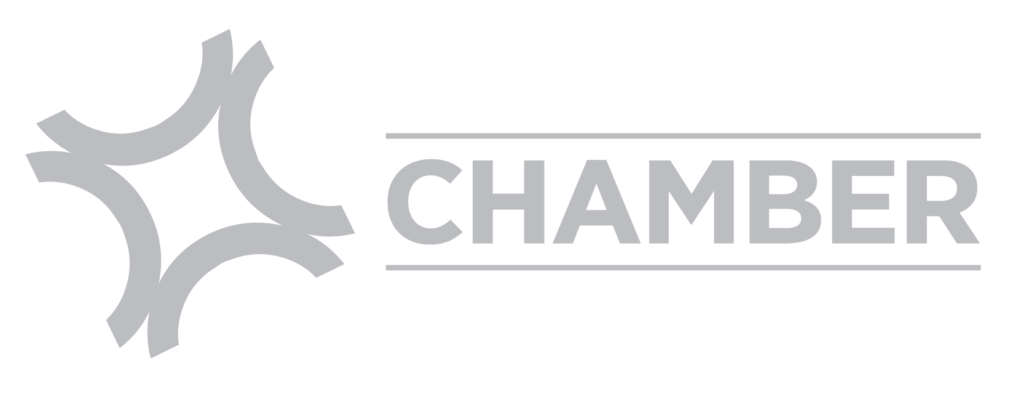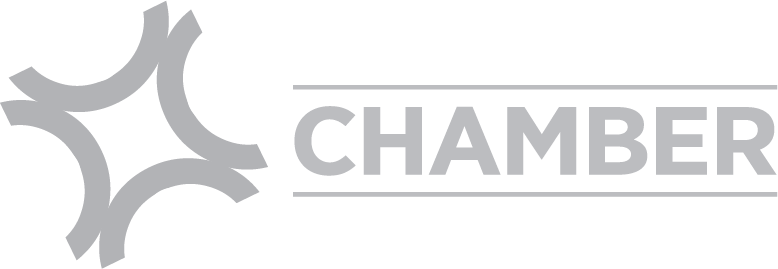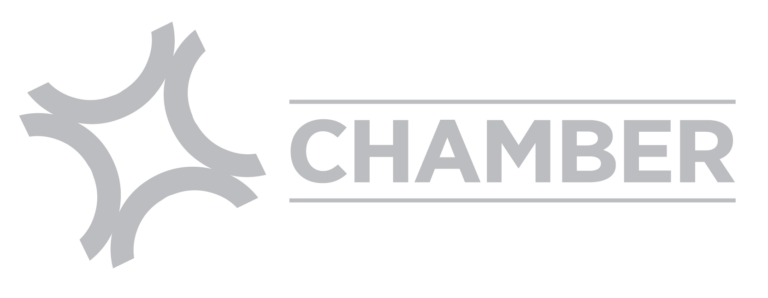Companies are eligible for a Second Draw if they have exhausted their first PPP loan and AND have less than 300 employees, AND have experienced a greater than 25% reduction in gross receipts during the first, second, third, or fourth quarter in 2020 relative to the same quarter in 2019. Entities with significant ties to China are ineligible for a second draw loan.
Additional Loan Forgiveness Provisions: If you also received an EIDL grant, your PPP loan forgiveness will no longer be reduced by the amount of the grant. The period for which expenses count toward loan forgiveness will begin on the date of loan origination and end on a date of your choosing that is between 8 and 24 weeks after origination. If your loan was for less than $150,000, there will be a simplified one-page application process for loan forgiveness.
The new law also expands which employers are eligible. Eligibility now includes employers who experienced a decline in gross receipts of more than 20% in a quarter compared to the same quarter in 2019. Employers with 500 or fewer employees can now claim the credit for wages paid to employees regardless of whether the employee is providing services.






